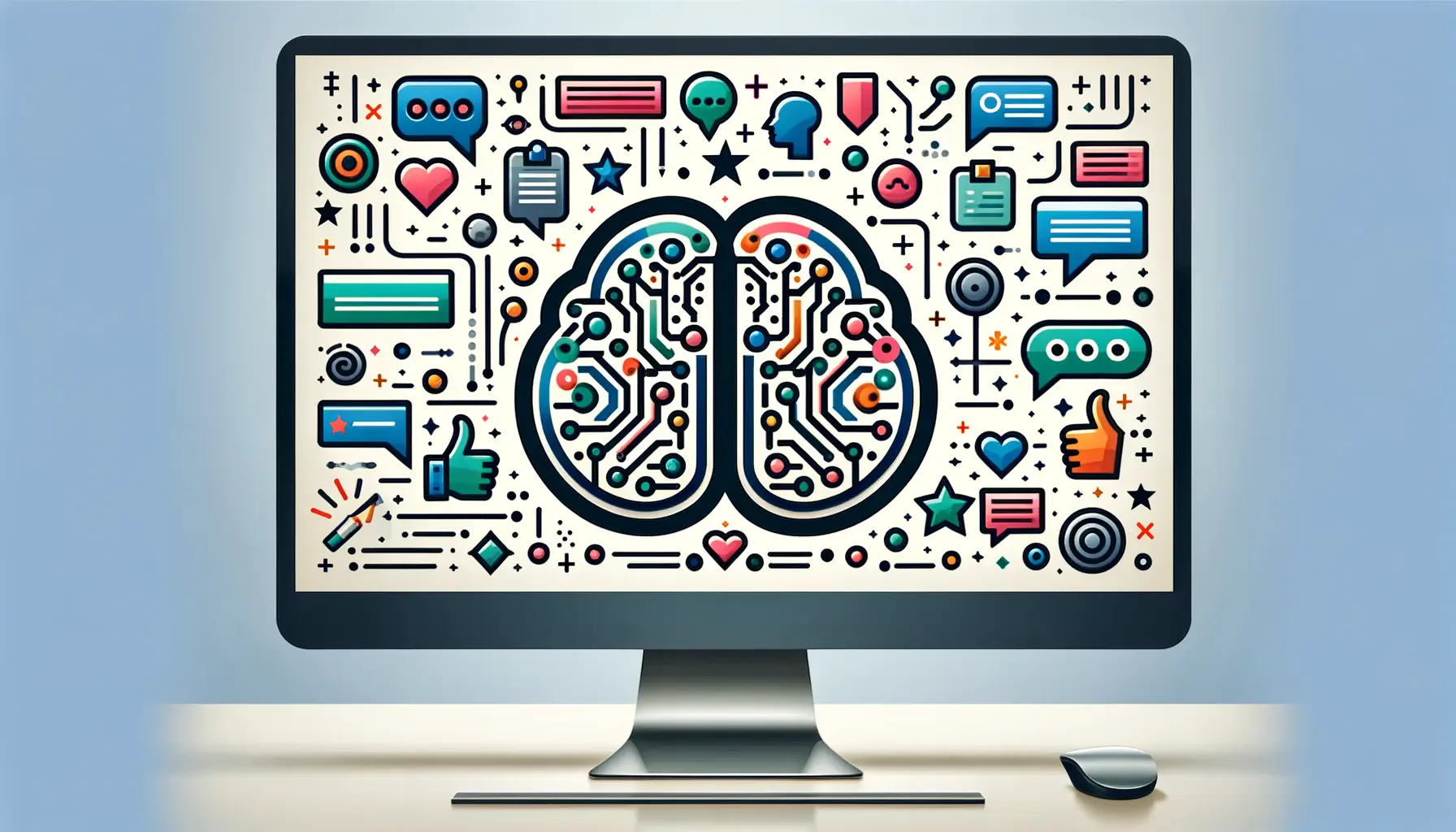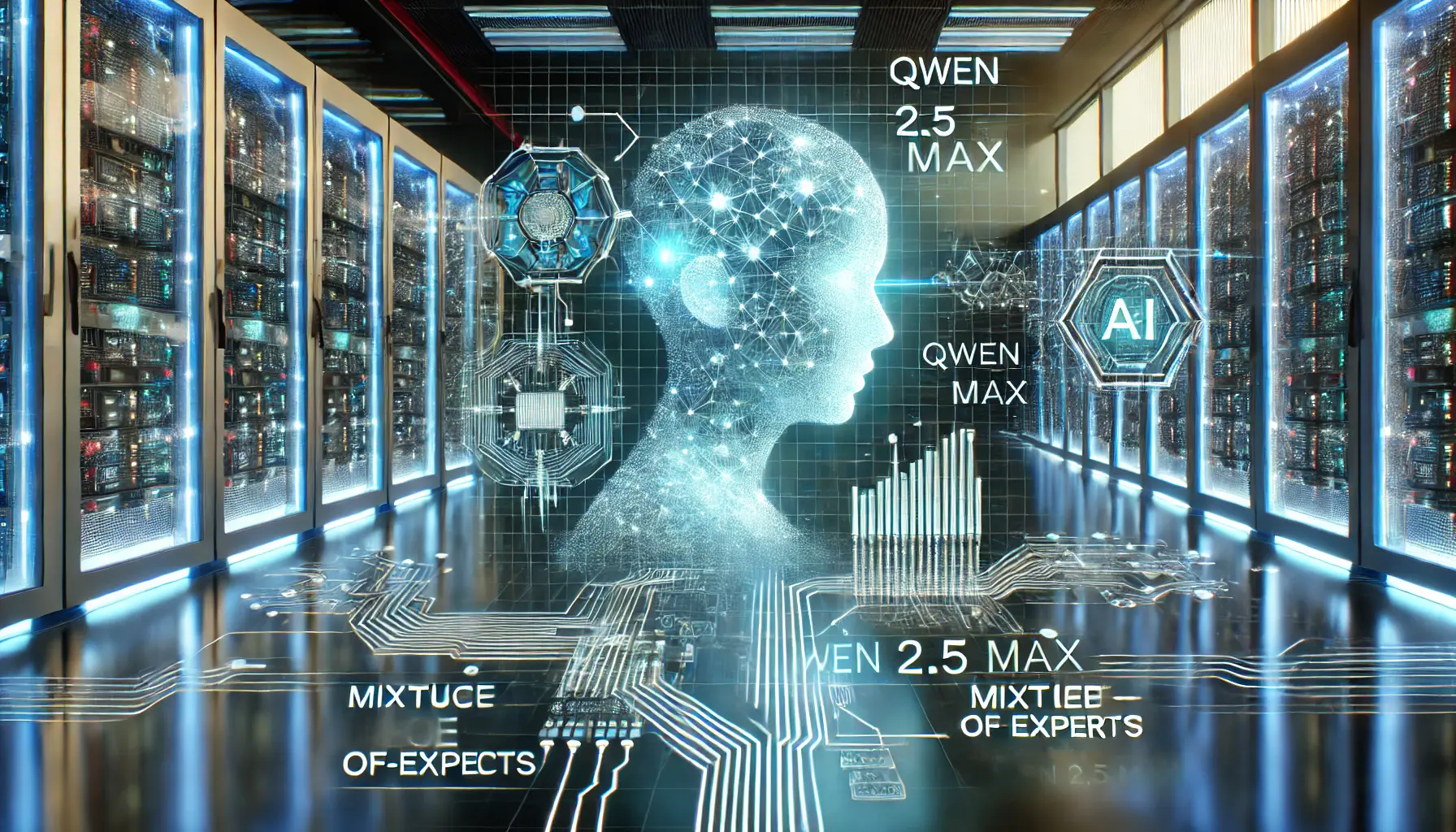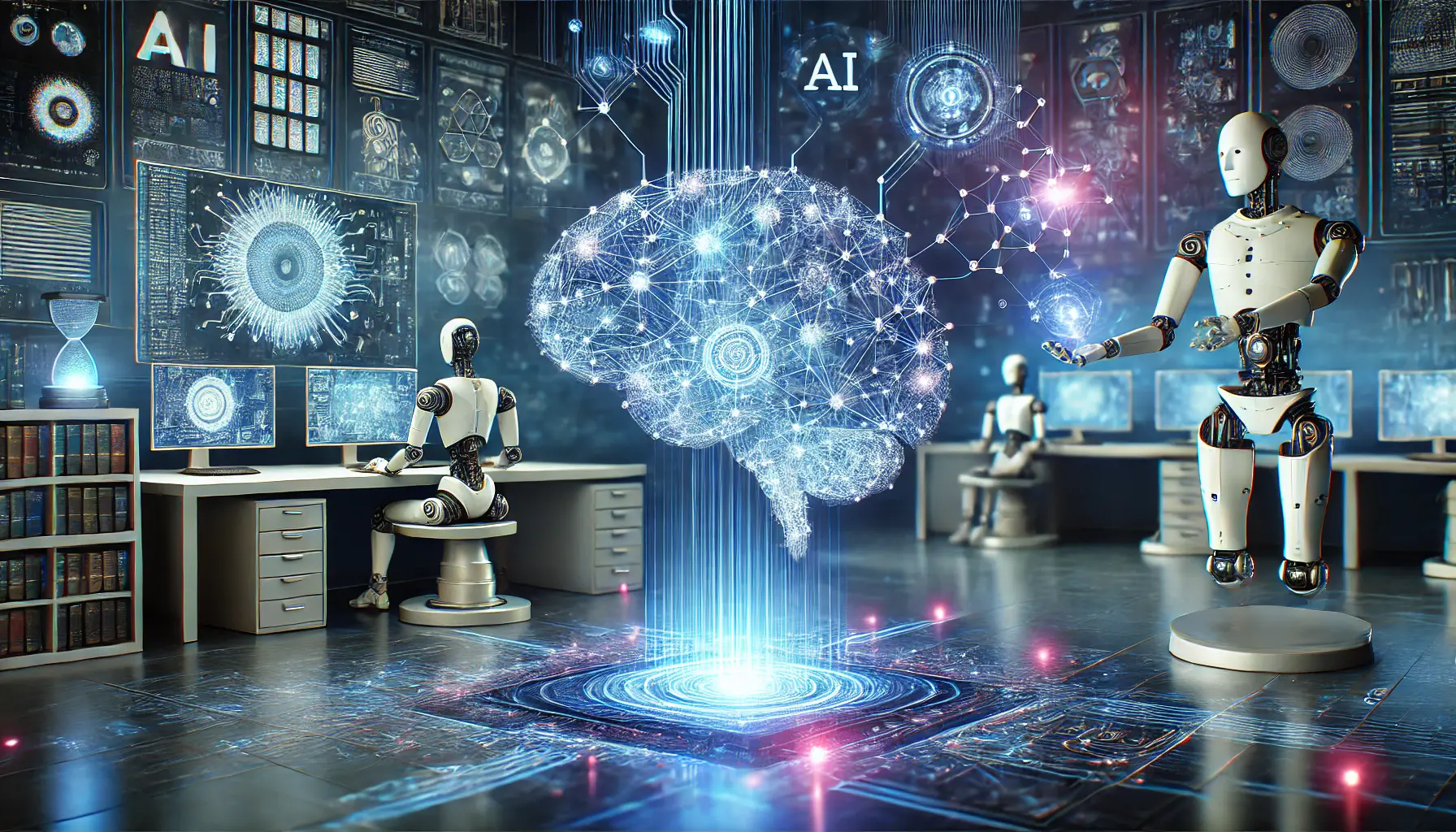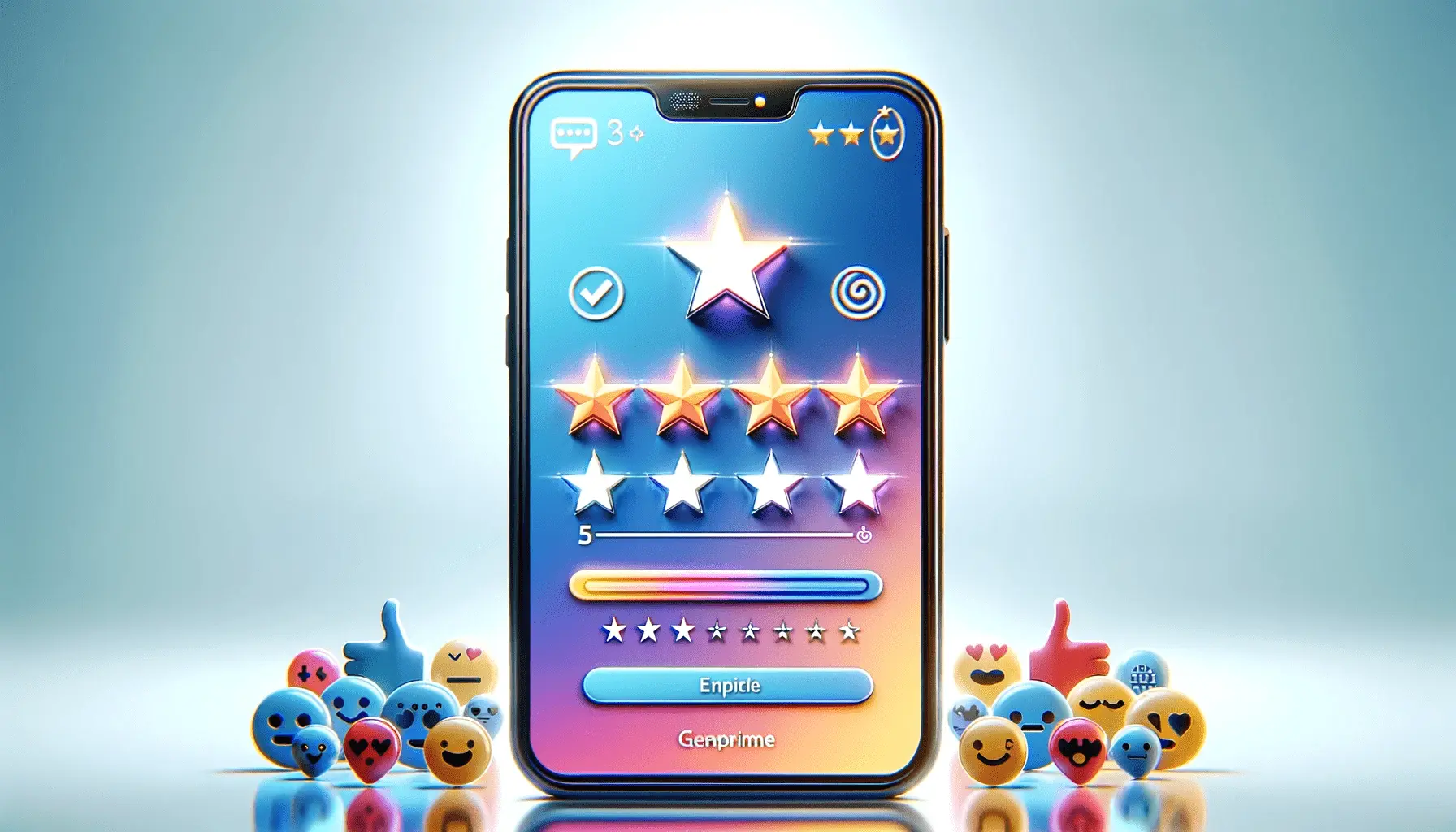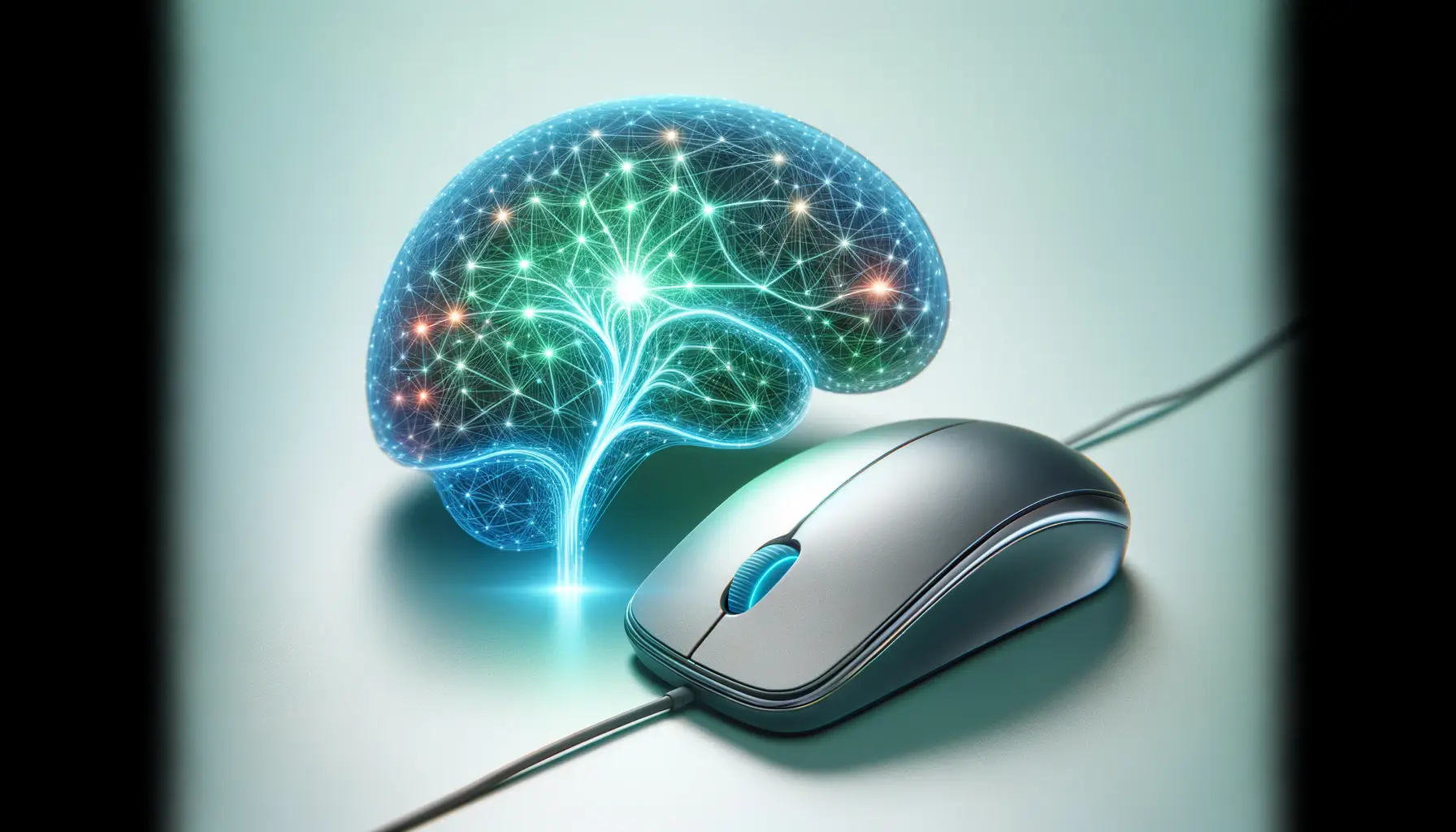The advent of artificial intelligence (AI) has revolutionized the way we interact with technology, bringing about innovations that were once confined to the realm of science fiction.
Among these advancements, Grok AI stands out as a distinctive player in the AI landscape.
Developed with a unique approach to conversational AI, Grok AI has garnered attention for its ability to engage users with a blend of wit, humor, and intelligence.
This article delves into the world of Grok AI, exploring user feedback and its implications for the future of AI interactions.
Grok AI, emerging from the tech giant known as X (formerly Twitter), has positioned itself as a conversational AI that challenges the status quo.
Unlike its predecessors and contemporaries, Grok AI is designed to be snarky, witty, and somewhat rebellious, offering users a new way to interact with artificial intelligence.
This approach has sparked curiosity and interest among tech enthusiasts and casual users alike, leading to a diverse range of feedback and experiences.
- User Experiences with Grok AI
- Enhancing User Engagement Through Humor
- Impact of Real-time Data on AI Responsiveness
- Customizing AI Personalities for Enhanced Interactions
- Improving AI Understanding Through Feedback Loops
- Future Directions in Conversational AI
- Enhancing Accessibility Through Conversational AI
- Embracing the Future with Grok AI
- Grok AI Reviews: Frequently Asked Questions
User Experiences with Grok AI
One of the most talked-about aspects of Grok AI is its unique personality.
Users have reported a range of interactions, from amusing banter to insightful conversations, highlighting Grok’s ability to adapt its responses to the tone and context of the conversation.
This adaptability has not only made interactions more engaging but has also showcased the potential of AI to understand and mimic human nuances more effectively.
Another point of interest is Grok AI’s use of real-time data from the X platform.
This feature allows Grok to provide responses that are not only relevant but also up-to-date, reflecting the latest trends and information available.
Users have appreciated this aspect, noting that it sets Grok apart from other AI chatbots that may rely on outdated or static data sets.
Feedback on Grok’s Performance
When it comes to performance, Grok AI has received mixed reviews.
On one hand, users have praised its quick response time and the breadth of knowledge it can draw upon.
On the other hand, some have pointed out instances where Grok’s responses were off-mark or too generic, indicating areas for improvement in understanding and context recognition.
Despite these criticisms, the overall consensus leans towards a positive view of Grok’s capabilities, especially in terms of its innovative approach to AI conversations.
Comparisons with Other AI Chatbots
Inevitably, Grok AI has been compared to other leading AI chatbots, such as OpenAI’s ChatGPT.
While ChatGPT is renowned for its extensive knowledge base and sophisticated language models, Grok AI brings a different flavor to the table with its emphasis on personality and humor.
This distinction has not gone unnoticed by users, many of whom express a preference for Grok’s more human-like interactions.
However, it’s also clear that each AI has its strengths, catering to different user needs and preferences.
The emergence of Grok AI underscores a growing trend in the AI industry towards creating more personalized and engaging user experiences. As AI continues to evolve, the feedback and insights gained from user interactions with Grok will undoubtedly play a crucial role in shaping the future of conversational AI.
Enhancing User Engagement Through Humor
The introduction of humor in AI interactions, as seen with Grok AI, marks a significant shift in how developers are aiming to enhance user engagement.
By integrating wit and a sense of humor, Grok AI not only entertains users but also creates a more relatable and human-like interaction experience.
This section explores the impact of humor in AI on user engagement and the broader implications for AI development.
Benefits of Humor in AI Conversations
Integrating humor into AI conversations has several benefits that contribute to a more engaging user experience.
Firstly, humor helps in breaking the ice, making users more comfortable in interacting with AI.
It adds a layer of warmth to conversations that can otherwise feel mechanical or impersonal.
Secondly, humorous interactions can make AI more memorable to users, encouraging repeated use and fostering a deeper connection with the technology.
- Breaking the Ice: Humor serves as an effective icebreaker, making users more inclined to interact with AI.
- Creating Memorable Experiences: Funny and witty exchanges are more likely to be remembered by users, enhancing the overall appeal of the AI.
- Building Connections: Humor can humanize AI, helping users feel a sense of connection and camaraderie.
Challenges and Considerations
While humor can significantly enhance AI interactions, it also presents certain challenges.
One of the main considerations is the subjective nature of humor—what is funny to one person may not be to another, and in some cases, it might even offend.
Therefore, AI developers must tread carefully, ensuring that the humor used is appropriate and inclusive.
Additionally, there’s the challenge of ensuring that the AI can accurately detect the context and tone of the conversation to deliver humor that is relevant and well-timed.
- Subjectivity of Humor: Developers must navigate the fine line of humor preferences among diverse user bases.
- Risk of Offense: Ensuring humor does not cross the line into offensive territory is crucial for maintaining user trust.
- Contextual Relevance: AI must be adept at understanding context to deliver humor that is both appropriate and impactful.
The integration of humor in AI, exemplified by Grok AI, represents an innovative approach to enhancing user engagement. While it introduces new challenges, the potential to create more relatable and enjoyable AI interactions is immense. As AI continues to evolve, the lessons learned from implementing humor will be invaluable in developing more sophisticated and user-friendly AI systems.
Impact of Real-time Data on AI Responsiveness
Grok AI’s ability to leverage real-time data from the X platform significantly enhances its responsiveness and relevance, setting a new standard for AI interactions.
This capability allows Grok to provide users with information and responses that are not only accurate but also reflective of the latest developments and trends.
The impact of this feature on user experience and the potential for future AI applications is profound.
Advantages of Accessing Real-time Data
The access to real-time data offers several advantages that contribute to an improved AI user experience.
Firstly, it ensures that the information provided by AI is current, making it more useful and relevant to users.
Secondly, it allows AI to participate in conversations about recent events or trends, thereby increasing its engagement potential.
Lastly, real-time data can enhance the AI’s learning process, enabling it to adapt more quickly to changes in user behavior or preferences.
- Ensuring Current Information: Users receive the most up-to-date information, enhancing the utility of AI interactions.
- Engaging in Timely Conversations: AI can discuss recent events or trends, making conversations more engaging and relevant.
- Adapting to User Behavior: Access to real-time data helps AI quickly adjust to changes in user interests or behaviors.
Challenges in Utilizing Real-time Data
While the benefits of accessing real-time data are clear, there are also challenges that need to be addressed.
One of the primary concerns is ensuring the accuracy and reliability of the data being used.
Real-time data can sometimes be unverified or misleading, requiring AI systems to have robust verification mechanisms in place.
Additionally, the sheer volume of real-time data can be overwhelming, necessitating sophisticated filtering and processing capabilities to identify and utilize relevant information effectively.
- Ensuring Data Accuracy: AI systems must verify real-time data to prevent the dissemination of false information.
- Managing Data Volume: Effective filtering and processing mechanisms are essential to handle the vast amounts of real-time data.
- Protecting User Privacy: Utilizing real-time data requires careful consideration of privacy concerns and data protection regulations.
Grok AI’s use of real-time data from the X platform exemplifies the potential of AI to offer more dynamic and relevant user experiences. Despite the challenges, the advantages of integrating real-time data into AI systems are undeniable, paving the way for more responsive and informed AI interactions in the future.
Customizing AI Personalities for Enhanced Interactions
The development of AI personalities, as demonstrated by Grok AI, represents a significant leap towards creating more engaging and personalized user experiences.
By infusing AI with distinct personalities, developers can cater to a wider range of user preferences and enhance the overall interaction quality.
This section explores the importance of AI personality customization and its impact on user engagement.
Creating Relatable AI Characters
Customizing AI personalities involves more than just programming responses; it’s about creating characters that users can relate to on a personal level.
This relatability can significantly boost user engagement, as interactions feel more like conversations with a friend rather than exchanges with a machine.
Whether it’s Grok AI’s humor or another AI’s empathy, these personalized traits make AI interactions more enjoyable and meaningful.
- Enhancing User Engagement: Personalized AI personalities can turn routine interactions into enjoyable experiences, increasing user engagement.
- Building Emotional Connections: By creating AI characters that users can relate to, developers can foster a deeper emotional connection between users and AI.
- Accommodating Diverse Preferences: Customizable personalities allow AI to cater to a wide range of user preferences, enhancing its appeal and accessibility.
Challenges in Personality Customization
While the benefits of AI personality customization are clear, the process also presents several challenges.
Ensuring consistency across interactions is crucial, as inconsistent character traits can confuse or frustrate users.
Additionally, balancing personality traits to avoid overpowering the AI’s primary functions requires careful consideration.
Developers must also be mindful of cultural sensitivities to ensure that AI personalities are appropriate and respectful to all users.
- Maintaining Consistency: Consistent personality traits are essential for creating a coherent and reliable AI character.
- Balancing Personality and Functionality: AI personalities should enhance, not detract from, the AI’s primary functions and capabilities.
- Respecting Cultural Sensitivities: AI personalities must be designed with a global user base in mind, taking into account cultural differences and sensitivities.
The customization of AI personalities, as seen with Grok AI, opens up new possibilities for making AI interactions more engaging and personalized. Despite the challenges, the potential to create AI characters that users can genuinely connect with holds promise for the future of AI development.
Improving AI Understanding Through Feedback Loops
The evolution of AI, particularly in conversational models like Grok AI, has underscored the importance of feedback loops in enhancing AI’s understanding and performance.
Feedback loops allow AI to learn from interactions, adjust its responses, and improve over time, making it more attuned to user needs and preferences.
This continuous learning process is crucial for developing AI systems that can deliver more accurate, relevant, and personalized experiences.
Role of User Feedback in AI Adaptation
User feedback serves as a critical component in the AI learning process, providing direct insights into how well the AI meets user expectations.
By analyzing feedback, AI can identify areas of confusion, common queries, and user preferences, allowing for targeted improvements.
This iterative process not only refines the AI’s responses but also enhances its ability to understand and predict user needs, leading to more satisfying interactions.
- Identifying Improvement Areas: Feedback highlights specific aspects of AI interactions that require refinement, guiding developers in optimizing AI performance.
- Enhancing Predictive Capabilities: Continuous feedback helps AI better anticipate user needs, leading to more proactive and relevant interactions.
- Personalizing User Experience: Feedback loops enable AI to tailor its responses to individual user preferences, creating a more personalized interaction experience.
Challenges in Implementing Effective Feedback Loops
Implementing effective feedback loops in AI systems is not without its challenges.
Collecting meaningful feedback requires user engagement and willingness to provide insights, which can be difficult to achieve.
Additionally, processing and integrating feedback into AI learning processes demand sophisticated algorithms and data analysis capabilities.
Ensuring privacy and ethical considerations when handling user data is also paramount.
- Encouraging User Participation: Developers must find ways to motivate users to provide feedback, ensuring a sufficient volume of data for AI learning.
- Processing and Integration: Advanced data processing capabilities are required to analyze feedback and incorporate it into AI’s learning algorithms.
- Maintaining Privacy and Ethics: Feedback collection and analysis must adhere to strict privacy guidelines and ethical standards to protect user information.
Feedback loops are essential for the continuous improvement of AI systems like Grok AI, enabling them to become more responsive, accurate, and personalized over time. Despite the challenges, the benefits of incorporating user feedback into AI development processes are undeniable, paving the way for more intelligent and user-centric AI solutions.
Future Directions in Conversational AI
The landscape of conversational AI is rapidly evolving, with innovations like Grok AI leading the charge towards more sophisticated, engaging, and personalized user experiences.
As technology advances, the future of conversational AI promises even greater capabilities, transforming how we interact with digital assistants, chatbots, and AI-driven platforms.
This section explores potential future directions in conversational AI and their implications for users and developers alike.
Advancements in Natural Language Processing
One of the key areas of development in conversational AI is the enhancement of natural language processing (NLP) capabilities.
Future AI systems are expected to understand and interpret human language with even greater accuracy, enabling more nuanced and complex conversations.
This will not only improve the user experience but also expand the range of tasks AI can assist with, from complex problem-solving to creative content generation.
- Deeper Contextual Understanding: AI will be able to grasp the context of conversations more effectively, leading to more relevant and insightful responses.
- Emotion Recognition: Future AI may incorporate emotion recognition, allowing it to adjust its tone and responses based on the user’s emotional state.
- Language Diversity: Enhanced NLP will enable AI to support a wider range of languages and dialects, making it accessible to a global user base.
Integration with Augmented Reality and Virtual Reality
Another exciting development is the integration of conversational AI with augmented reality (AR) and virtual reality (VR) technologies.
This combination has the potential to create immersive and interactive experiences, where AI can guide, inform, and entertain users in virtual environments.
Whether for education, entertainment, or customer service, the fusion of conversational AI with AR and VR opens up new possibilities for interactive storytelling and digital experiences.
- Immersive Learning: AI-driven tutors in VR environments can offer personalized and engaging educational experiences.
- Virtual Customer Service: AI assistants in AR applications can provide real-time information and support, enhancing customer service interactions.
- Interactive Entertainment: Conversational AI can play a role in interactive games and storytelling, offering dynamic and responsive narratives.
The future of conversational AI holds exciting prospects, with advancements in NLP, integration with AR and VR, and the development of more personalized AI personalities. As these technologies continue to evolve, they will redefine the boundaries of what conversational AI can achieve, offering more immersive, intelligent, and user-centric experiences.
Enhancing Accessibility Through Conversational AI
The role of conversational AI in enhancing accessibility cannot be overstated.
As technology like Grok AI becomes more sophisticated, it offers unprecedented opportunities to make digital content, services, and interactions more accessible to individuals with disabilities.
This progress in conversational AI is not just about improving user experience; it’s about breaking down barriers and fostering inclusivity.
Conversational AI as Assistive Technology
Conversational AI can serve as a powerful assistive technology, providing voice-activated services, personalized assistance, and support for users with various disabilities.
For individuals with visual impairments, conversational AI can narrate content, describe images, and guide navigation through digital interfaces.
For those with mobility challenges, voice-activated commands can facilitate interaction with technology without the need for physical input devices.
- Voice-Activated Services: Enable users with mobility challenges to interact with technology hands-free.
- Content Narration: Helps visually impaired users by reading out text and describing visual content.
- Personalized Assistance: Offers tailored support and accommodations based on individual user needs and preferences.
Challenges in Realizing Full Accessibility Potential
While conversational AI has the potential to significantly enhance accessibility, realizing this potential comes with its own set of challenges.
Ensuring that AI systems can accurately understand and respond to diverse speech patterns, accents, and dialects is crucial for making these technologies truly inclusive.
Additionally, developers must consider the privacy and security of users, particularly when dealing with sensitive personal information or health-related data.
- Understanding Diverse Speech Patterns: AI must be trained on a wide range of speech variations to ensure inclusivity.
- Privacy and Security: Conversational AI must incorporate robust security measures to protect user data, especially in applications related to health and personal assistance.
- User-Centric Design: AI systems should be designed with input from users with disabilities to ensure they meet the actual needs of this demographic.
The misconception that conversational AI is only about enhancing convenience for the average user overlooks its profound impact on accessibility. By continuing to develop and refine these technologies with a focus on inclusivity, conversational AI can play a crucial role in creating a more accessible digital world for everyone.
Embracing the Future with Grok AI
The journey through the realms of Grok AI has unveiled the multifaceted dimensions of conversational AI, highlighting its potential to revolutionize user interactions, enhance accessibility, and personalize digital experiences.
As we stand on the brink of a new era in artificial intelligence, Grok AI emerges not just as a tool but as a harbinger of the future, where technology seamlessly integrates with the fabric of our daily lives, making every interaction more engaging, informative, and, importantly, human.
The Path Forward
As Grok AI continues to evolve, it carries with it the promise of transforming the landscape of conversational AI.
The insights gleaned from user feedback, the challenges navigated in integrating real-time data, and the strides made in customizing AI personalities all contribute to a richer, more nuanced understanding of what AI can achieve.
The future of Grok AI, and conversational AI at large, is not just about technological advancement but about creating a more inclusive, accessible, and engaging digital world.
- Enhanced User Engagement: Grok AI’s unique blend of humor and personality has set a new benchmark for user interaction, making every conversation not just a transaction but an experience.
- Accessibility for All: The strides in making digital content more accessible through conversational AI underscore the technology’s role in building a more inclusive digital environment.
- Continuous Learning and Adaptation: The feedback loops integral to Grok AI’s development highlight the importance of adaptability and continuous improvement in the AI journey.
Looking Ahead
The exploration of Grok AI’s capabilities, challenges, and potential signifies just the beginning of what’s possible in the realm of conversational AI.
As technology continues to advance, the focus remains on harnessing AI not just for the sake of innovation but for the purpose of enriching human experiences.
The future of Grok AI, with its emphasis on real-time data integration, personalized interactions, and enhanced accessibility, offers a glimpse into a world where AI and humanity converge in harmony.
- Advancements in AI Understanding: Future developments in NLP and machine learning will enable Grok AI to offer even more sophisticated and nuanced interactions.
- Integration with Emerging Technologies: The potential fusion of conversational AI with AR and VR opens up new frontiers for immersive digital experiences.
- Commitment to Accessibility: Ongoing efforts to enhance the accessibility features of Grok AI will ensure that technology remains a tool for empowerment and inclusion.
In conclusion, Grok AI stands as a testament to the transformative power of conversational AI.
By continually pushing the boundaries of what AI can achieve, Grok AI not only enhances our digital interactions but also paves the way for a future where technology serves as a bridge to more meaningful, accessible, and engaging human experiences.
Grok AI Reviews: Frequently Asked Questions
Delve into the most common inquiries surrounding Grok AI, offering insights into its functionality, uniqueness, and user engagement.
Grok AI is a conversational AI developed by xAI, designed to interact with users using humor and real-time data from the X platform.
Grok AI utilizes advanced natural language processing and machine learning to understand and respond to user queries dynamically.
Its integration with real-time data and a humorous, engaging personality sets Grok AI apart from other conversational AIs.
Currently, Grok AI is available to a limited number of users, primarily X Premium+ subscribers in the United States.
While primarily designed for English, Grok AI’s capabilities include understanding and responding to a range of languages.
Users can provide feedback directly through the platform, aiding in Grok AI’s continuous learning and improvement.
Grok AI offers personalized, engaging interactions, enhanced by its ability to access up-to-date information and its unique personality.
Grok AI adheres to strict privacy policies, ensuring user data is protected and used ethically in interactions.
